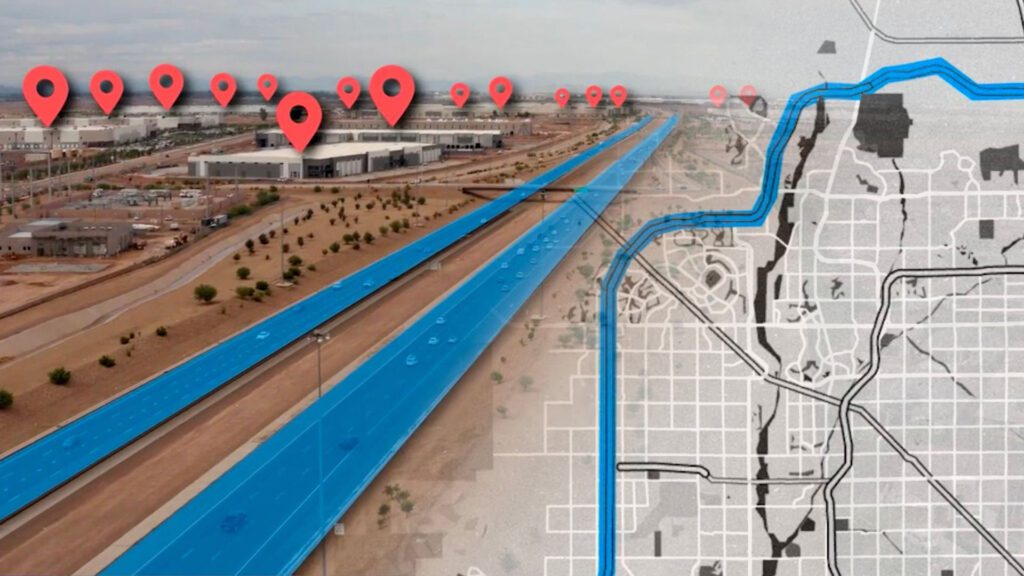The COVID-19 pandemic has exposed several vulnerabilities in the global supply chain, leading to a crisis in the logistics industry. One of the most significant challenges faced by companies is the “last mile delivery” problem, which refers to the final step in the delivery process where goods are transported from a transportation hub to the end customer. The last mile delivery process is critical for customer satisfaction, but it is also the most complex and costly step in the supply chain.
The last mile delivery process begins when goods are received at a transportation hub, such as a warehouse or distribution center. From there, the goods are sorted, packaged, and prepared for delivery. The next step is to transport the goods to the customer’s location. This is where the last mile delivery process becomes challenging. The customer’s location may be in a remote area, or the delivery may need to be made at a specific time or to a specific location, such as a construction site or a hospital.
The last mile delivery process is also affected by several other factors, such as traffic congestion, weather conditions, and the availability of delivery personnel. These factors can greatly impact the speed and efficiency of the last mile delivery process, leading to delays and increased costs.
To address these challenges, companies have started to adopt new technologies and strategies to improve the last mile delivery process. One of the most popular solutions is the use of drones and autonomous vehicles for delivery. These technologies have the potential to reduce the cost of last mile delivery by eliminating the need for human drivers and reducing the time and distance required to deliver goods. Another strategy that companies are using to improve the last mile delivery process is the use of crowdsourced delivery. This approach involves using a network of independent contractors, such as gig workers, to deliver goods to customers. This can be a cost-effective solution for companies, as it allows them to scale up or down their delivery capabilities based on demand.
In addition to these technological and strategy solutions, companies are also exploring new business models to improve the last mile delivery process. One such model is the use of micro-fulfillment centers. These are small warehouses located closer to customers, which allow for faster and more efficient delivery. This model is particularly useful for companies that need to deliver perishable goods or goods that require special handling, such as pharmaceuticals.

Close to 40 warehouses now line Loop 303, near Phoenix, where once there was little but farmland. Image by Wall Street Journal
In Arizona, a new warehouse corridor is forming along a desert-lined freeway just outside Phoenix as companies seek alternative paths for distribution into the U.S. away from congested and costly coastal gateways. Retailers Dick’s Sporting Goods Inc., REI, and online pet-supplies store Chewy Inc. are among those taking up space in the fast growing logistics hub along Loop 303, an anchor for what has become one of the fastest-growing markets for industrial real estate in the U.S.
Overall, the last mile delivery process is a critical component of the overall supply chain. It is the final step in the delivery process and it is the step that can make or break customer satisfaction. With the increasing demand for fast and efficient delivery, companies must adopt new technologies, strategies, and business models to improve the last mile delivery process. By doing so, they can reduce costs, improve customer satisfaction and ensure their business stays competitive in the market.







